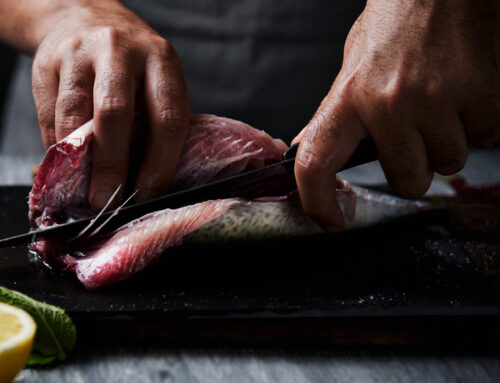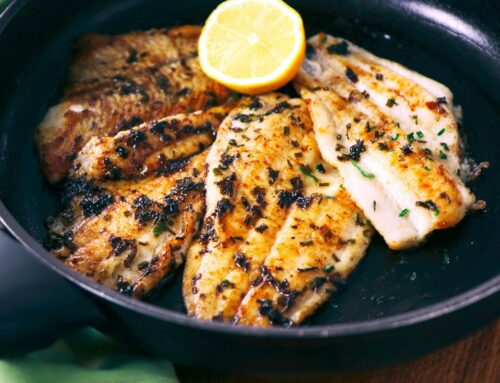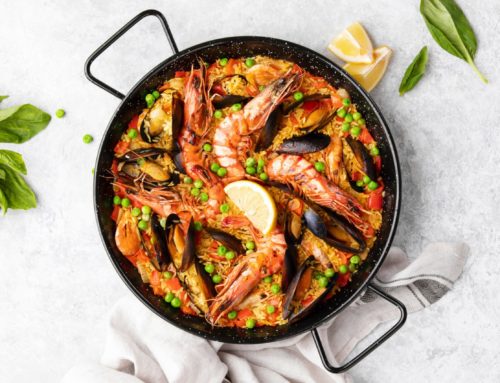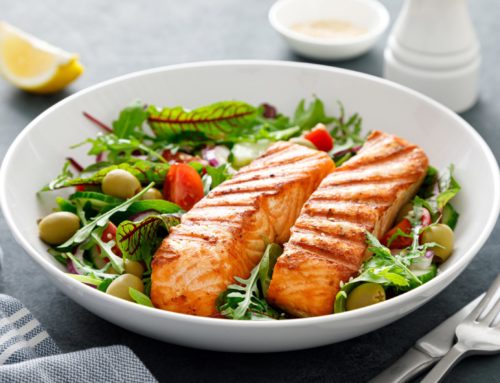Experts agree that fish provides outstanding health benefits for children. Fish is low in fat, high in protein and rich in omega 3 fatty acids (specifically DHA and EPA) of which 60% of the fats in the brain are made up of. The long-term benefits of omega 3 fats start in early brain development, during pregnancy. Studies have shown that children of mothers who eat fish while pregnant have better social and verbal skills at the age of eight.
Conditions such as dyslexia and ADHD in children can be prevented and even treated by good intakes of omega-3 fats. Dyslexia causes difficulties in learning an affects an estimated 4%-10% of children. Children with low levels of omega 3 fats may have a decreased ability to focus attention. Studies have shown that omega 3 fats such as EPA, found in fish, can improve a child’s reading and attention span.
Another important reason to feed your children fish is that it may prevent food allergies. New research shows that eating fish in infancy (especially before nine months) can decrease the risk of asthma, eczema, have fever and food allergies.10% of children currently have asthma, 17% have hay-fever, 5% have food allergies and 17% have skin allergies.
Which types of fish are safe for children?
All seafood contains traces of mercury. For most people the risk of mercury by eating fish is not a health concern. The risks rather depend on the amount of fish eaten and the levels of mercury in the fish. The benefits definitely outweigh the potential risks.
Fish that contain high levels of mercury include: shark, swordfish, king mackerel and tilefish. According to the FDA (U.S Food and Drug Administration), kids should eat fish 2-3 times per week – with portions that are smaller than for grown-ups and should consist of various fish or shellfish that are lower in mercury. Fish with the lowest amount of mercury include: shrimp, canned tuna, salmon, pollock, haddock, cod, catfish, sardines and anchovies.
How can I get my kids to eat fish?
The secret to getting kids to each fish is to introduce it early and make it a regular part of their diet. It’s a good idea to start preparing fish by simply grilling, pan frying or baking it in the oven. Try to also use fun names for fish that can ease your child’s scepticism such as looney-tooney for tuna, pinky for salmon or hakey stakey for hake. When you serve fish, serve it with style and make it aesthetically creative. Fish skewered on sticks, sautéed on a bed of pasta or baked in a boat is a lot more appealing for children.








